Some months back, with most of the world on lockdown due to COVID-19, news broke out of nature thriving amid the decrease in human mobility.
From wildlife spotted in urban centres to a global decrease in air and sea pollution levels, it appears this pandemic actually has a silver lining.
On the flip side, however, sheltering in place and following safety protocols have also resulted in increased waste.
From having to wear disposable personal protective equipment (PPEs) to dealing with plastic from food deliveries, prioritising our health and safety at this time has often meant having to forgo zero-waste.
While people are still trying to figure out whether this “new normal” is ultimately good for the planet or not, here are 6 things you can do to live sustainably in the midst of COVID-19 without compromising your health.
Contents
1. Make your own fabric mask
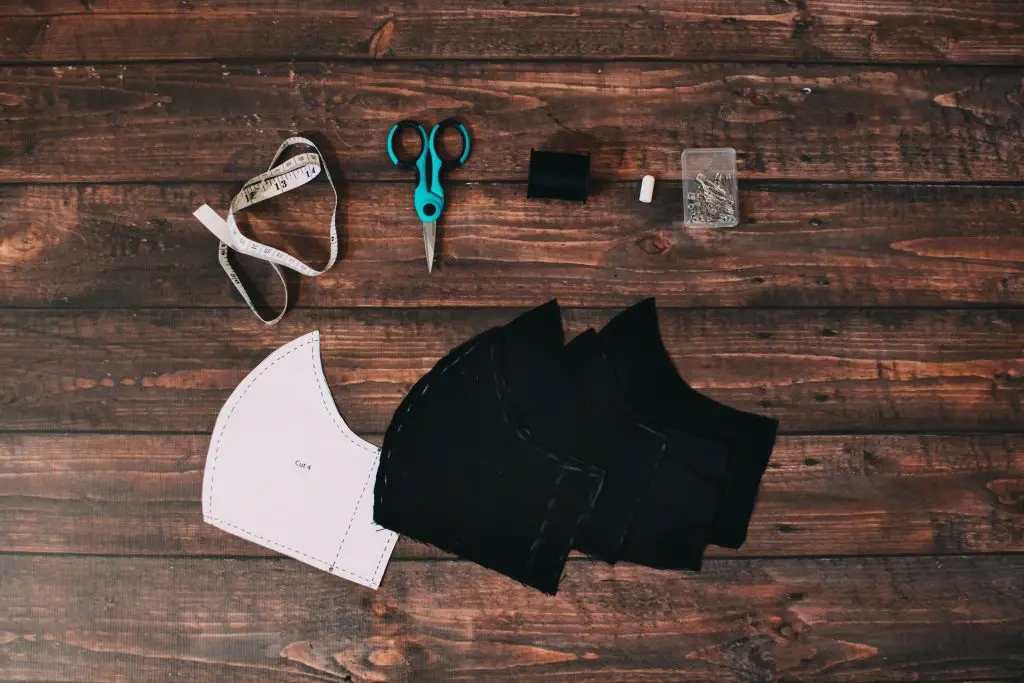
If you’re not a health care worker and are not at increased risk for COVID-19, you can stick to wearing a washable cloth mask instead of disposable ones in public.
Even better, you can DIY with stuff you have on hand, such as fabric scraps and old shirts. The Centers for Disease Control and Prevention (CDC) has instructions for making a no-sew mask using just fabric and hair ties.
2. Power down during your downtime

Quarantining is a good excuse to unwind at home. However, “Netflix and chill” may be costing you more than just subscription money; it could have a negative impact on the environment too.
Here’s a breakdown of the energy and environmental cost of some popular domestic activities:
- Watching TV: The average plasma TV uses up 138 watts, but using a cable box consumes an additional 446 kWh annually which, as Pinergy points out, is ‘more than the average cost of running a fridge.’
- Streaming videos: According to a University of California study, Americans streamed 3.2 billion hours of video in 2011. The amount of collective energy that used up was enough to power 175,000 homes for a year, or the equivalent of 1.3 billion kilograms’ worth of carbon emissions. With streaming services more popular than ever, just imagine how much more enormous its environmental impact is almost a decade later.
- Gaming: Newer gaming consoles are now more efficient at less than 100 watts of energy use. Still, using it with a TV means you’re consuming more power than what’s written on the energy label.
- Smartphone Use: At around 2 kWh a year, it isn’t much of an energy guzzler. Still, smartphone production still contributes significantly to global carbon emissions: aside from the energy used during manufacturing, mining (for gold and other rare metals) also has a hefty carbon footprint.
So how do you make the most of your free time without feeling guilty over its environmental impact?
A University of California-Berkeley study suggests several low-impact nonwork activities that have the upshot of making you happier.
These include sleeping, socializing at home, pursuing a hobby, and getting more exercise.
3. Pedal Your Way Around

Scared to use public transport? A safer way to move around—and one that’s good for the environment, not to mention your health—is cycling.
Not only does riding alone reduce your risk of getting infected, it also gives you a good cardio workout.
And in this time where movement restrictions can leave you feeling bummed, the freedom to ride solo can do wonders for your mental health.
4. Eat More Local and Organic Fruits and Veggies
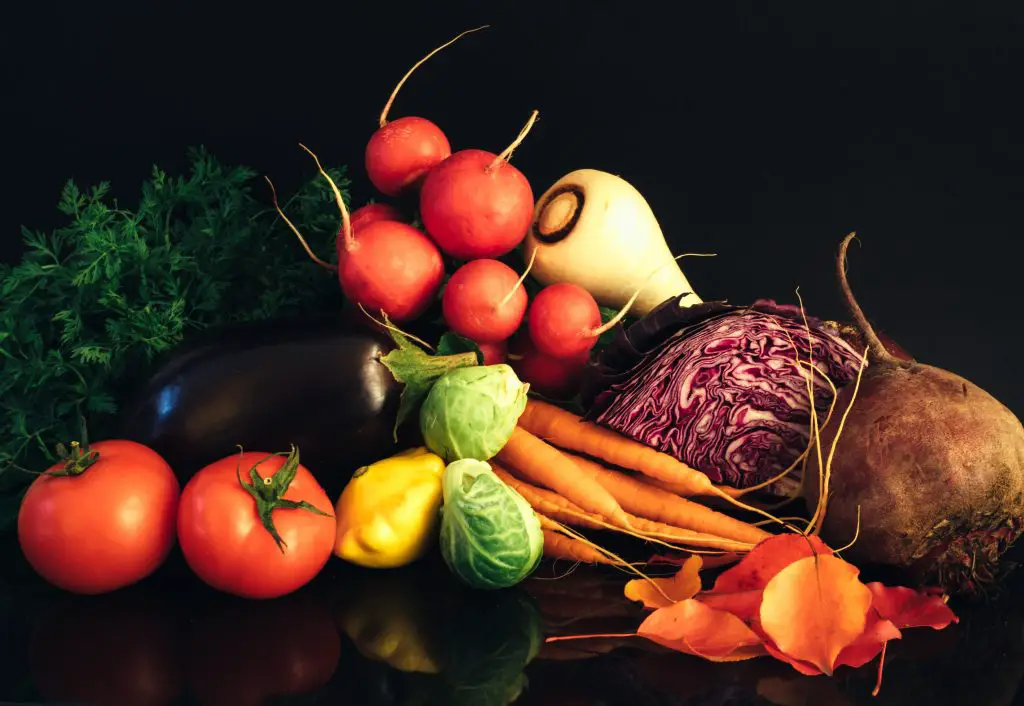
As Greek physician Hippocrates advised, ‘Let food be thy medicine and medicine be thy food.’
Besides following strict safety measures, another great idea to keep yourself protected is boosting your immunity.
How? Incorporate more healthful, organic food into your diet. Even better, make sure to buy local.
Go to your local farmers’ market and stock up on these immune-boosting items: elderberries, button mushrooms, garlic, spinach, watermelon, acai berry, wheat germ, yogurt, and sweet potatoes.
Don’t forget your reusable shopping and produce bag!
5. Maximise your foods’ shelf life
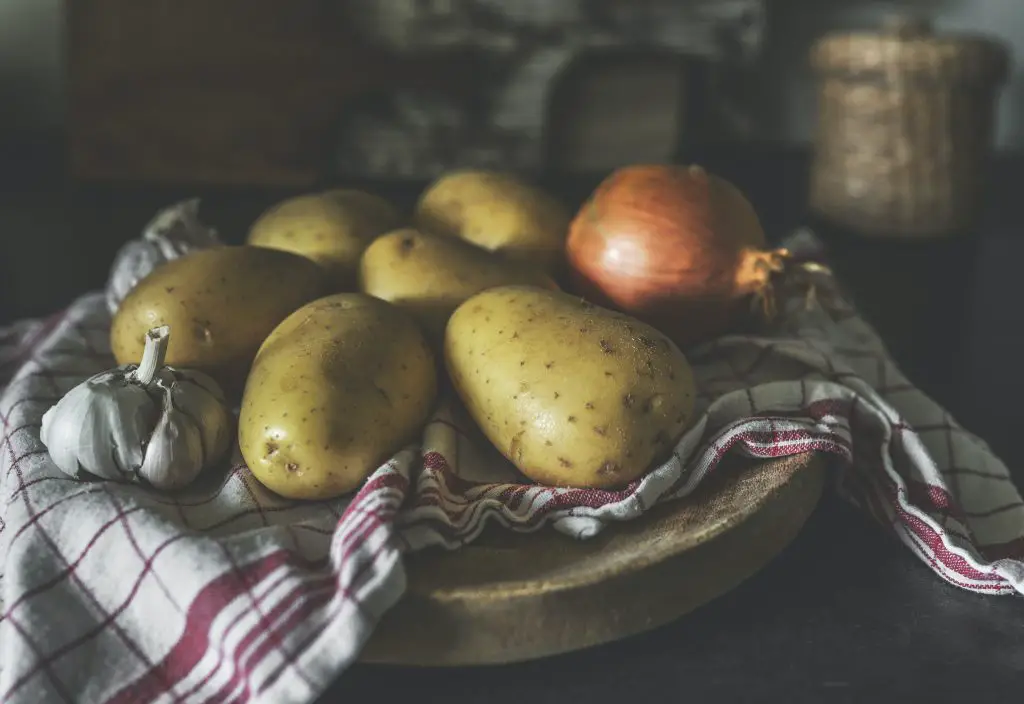
Maximising your grocery runs usually means buying supplies enough to last you a month. But this can be a problem with fresh fruits and vegetables.
To help avoid food waste, make time to learn how to properly store produce so they last longer. Here are a few storage and preservation tips to help you along:
- Know which fruits and veggies to keep in the fridge. Apples, apricots, and cantaloupes keep longer at low temperatures.
- . . . And which ones to keep out. Bananas, peaches,citrus, and pears are best kept at room temp. You can toss them in the fridge when they ripen.
- Keep root vegetables in the dark. Potatoes, sweet potatoes, rhubarb, garlic, and onions, are best stored in dark, dry, and cool places like your cupboard, cellar, or pantry.
- Not all fruits and veggies ‘get along.’ Ethylene from fruits like bananas, peaches, and avocadoes will leave your salad greens, broccoli, and cabbage limp. Store them separately.
- Freeze produce you’re not planning to eat right away. However, some veggies will need to be blanched before freezing.
- Give your leafy greens TLC. Wash your lettuce and leafy greens and wrap them in kitchen or tea towels before storing them in the crisper.
6. Be ‘Earth Smart’ about Your Cleaning Arsenal
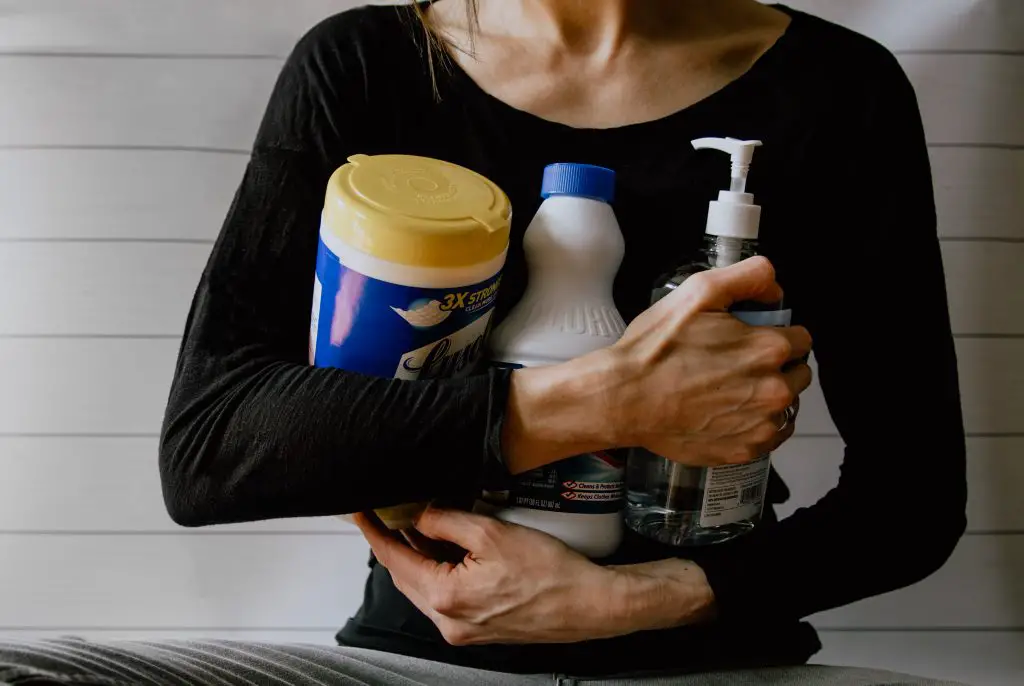
Proper sanitation and hygiene are key to curbing the spread of infection. But most commercial disinfectants and cleaning products have equally nasty and questionable ingredients that are just plain bad for the environment.
Here are some ideas to keep clean while at the same time staying ‘green’:
- Make your own hand sanitiser and hand soap. Instead of buying those pocket-sized hand gels, consider mixing your own eco-friendly concoction using aloe vera, coconut oil, witch hazel (or alcohol), and essential oils. (Check out the rest of the how-tos here.)
- DIY your disinfectant spray. Mix thyme essential oil and 70% rubbing alcohol (or 100 proof vodka) in a spray bottle as a non-toxic alternative to commercial disinfectant.
Staying safe in a pandemic and being earth-friendly don’t have to be mutually exclusive. With a little research and plenty of love for the environment, you can live in a way that protects your health and respects nature.
Other Articles That May Interest You:
Starting ‘Em Young: 7 Tips to Raise Sustainably Aware Kids
Eight ‘Green’ Reads for Every Type of Eco Warrior
10 Eco-Friendly Ideas for a Waste-Free Wedding
To Sustainability and Beyond: 9 Earth-Friendly Podcasts Worth Listening To
How to Win (Green) Friends and Influence (Not-So-Green-Minded) People

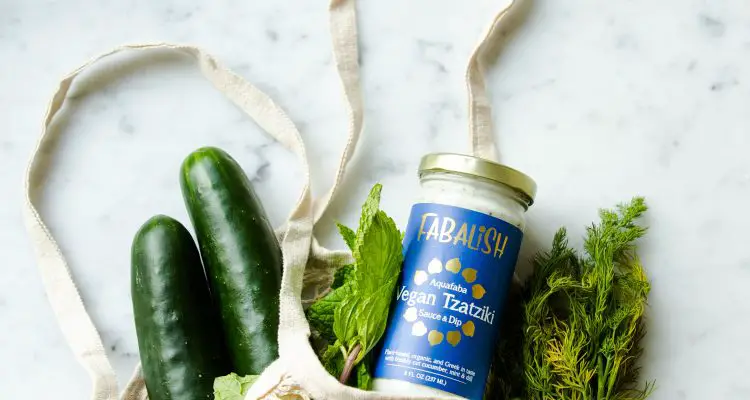

Leave a Reply